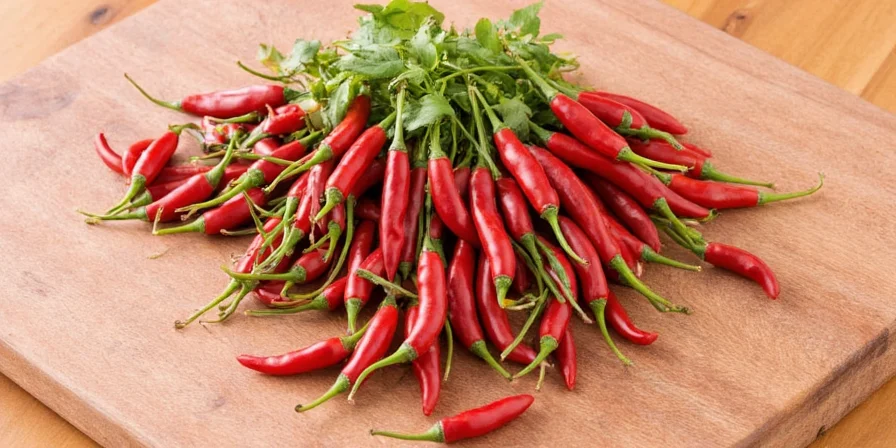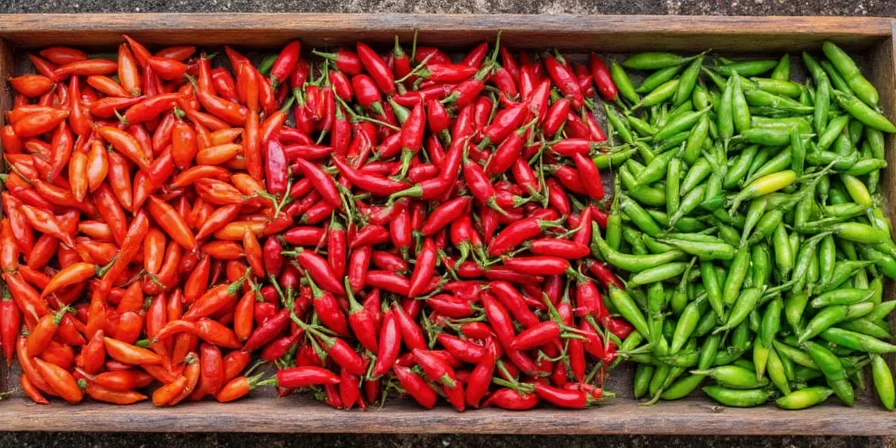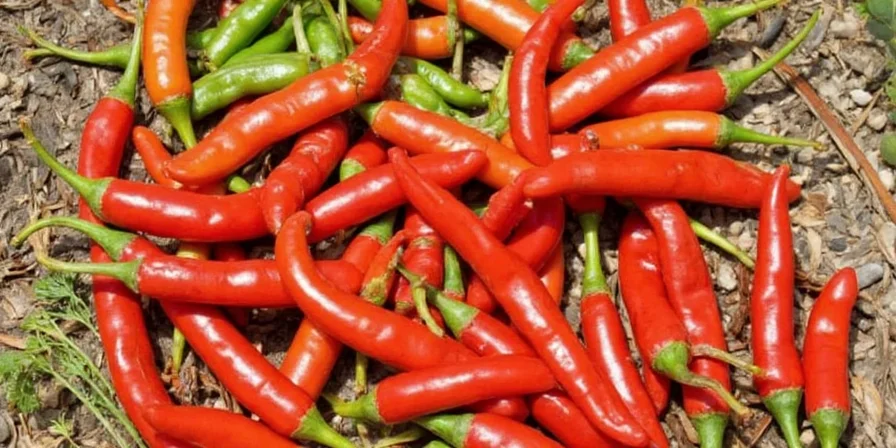Chile Vegetal: The Spicy Secret of Nature’s Heat
Table of Contents
- Introduction: What Exactly Is Chile Vegetal?
- Why This Plant-Based Pepper Packs a Punch
- 7 Practical Tips to Use Chile Vegetal Like a Pro
- Understanding the Heat: Scoville Scale & Chile Vegetal Varieties
- From Garden to Plate: Culinary Uses of Chile Vegetal
- Growing Your Own Chile Vegetal: A Gardener’s Guide
- Storage Hacks: Keep That Flavor Fresh and Fiery
- Handle with Care: Safety First When Dealing with Hot Peppers
- Conclusion: Embrace the Burn, Love the Flavor
Introduction: What Exactly Is Chile Vegetal?
If you're into spices, you've probably heard the term "chile vegetal" thrown around like hot sauce at a BBQ party. But what does it really mean? In short, chile vegetal refers to plant-based chili peppers — real, natural, organic heat bombs from Mother Earth herself.

Why This Plant-Based Pepper Packs a Punch
Chile vegetal isn’t just about heat; it’s about flavor, aroma, and complexity. Whether you’re making a fiery salsa or a smoky mole, these little guys bring more than tears to your eyes (and table). Let’s break down why they deserve a spot in your spice rack:
- Natural capsaicin boosters for metabolism
- Rich in antioxidants and vitamins
- Versatile across cuisines (hello, global cuisine lovers!)
7 Practical Tips to Use Chile Vegetal Like a Pro
Whether you're a seasoned chef or a weekend warrior in the kitchen, here are some spicy-smart tips to master the art of chile vegetal:
- To Roast or Not to Roast: Roasting deepens flavor. Use a gas flame or oven broiler for best results.
- Dry vs. Fresh: Dry chiles offer smokiness, while fresh ones give bright heat. Experiment!
- Seed Control: Want less heat? Remove the seeds and membranes where most capsaicin hides.
- Pair with Acid: A splash of lime or vinegar balances out the burn beautifully.
- Toast Before Grinding: For sauces and pastes, toast dried chiles lightly to unlock their full potential.
- Infuse Oils: Make homemade chili oil by steeping sliced chiles in olive or sesame oil.
- Layer Flavors: Add chiles early for depth or late for brightness. Timing is everything!
Understanding the Heat: Scoville Scale & Chile Vegetal Varieties
One man’s “spicy” is another man’s “call the fire department.” To avoid that, let’s take a quick look at the Scoville scale and how your favorite chile vegetal compares:
| Chile Variety | Scoville Heat Units (SHU) | Taste Profile |
|---|---|---|
| Poblano (Ancho when dried) | 1,000–2,000 | Rich, earthy, slightly sweet |
| Jalapeño | 2,500–8,000 | Fruity, crisp, moderately spicy |
| Serrano | 10,000–23,000 | Grassy, tangy, bold |
| Hatch Green Chile | Varies (Mild to Medium) | Smoky, sweet, complex |
| Bird’s Eye (Piri Piri) | 50,000–100,000 | Fiery, fruity, sharp |
From Garden to Plate: Culinary Uses of Chile Vegetal
Chile vegetal can do wonders in the kitchen — from marinades to desserts. Here are a few classic and creative ways to use them:
- Mexican Mole: A symphony of dried chiles, chocolate, nuts, and spices.
- Asian Stir-Fries: Add crushed dried red chiles to your wok for that signature sizzle and spice.
- Caribbean Jerk Seasoning: Scotch bonnet peppers are essential in authentic jerk blends.
- Peruvian Ají Sauces: From green (ají verde) to yellow (ají amarillo), these sauces are flavor bombs.
- Italian Chili Oil: Infused oil with Calabrian chili flakes adds depth to pasta dishes.
Growing Your Own Chile Vegetal: A Gardener’s Guide
If you’ve ever dreamed of picking your own fiery fruits, growing chile vegetal at home is easier than you think:
- Sunlight: Chiles love the sun — aim for at least 6–8 hours a day.
- Soil: Well-draining soil with compost added for nutrients.
- Watering: Regular but not too much — soggy roots are no good.
- Companions: Basil and marigolds are great companions for pest control.
- Harvest Time: Pick when fully colored for best flavor. They’ll continue to ripen off the plant.

Storage Hacks: Keep That Flavor Fresh and Fiery
You harvested or bought a bunch of chiles — now what? Here’s how to store them without losing flavor:
- Fridge: Store fresh chiles in a paper bag inside your crisper drawer for up to 2 weeks.
- Freeze: Wash and dry them, then freeze whole. No thawing needed — just chop and go!
- Dry: Hang them in a warm, dry place or use a dehydrator. Once dry, store in an airtight container.
- Oil/Paste: Make chili paste or oil and keep it refrigerated for easy access.
Handle with Care: Safety First When Dealing with Hot Peppers
Spice pros know that even the sweetest chile vegetal can bite back if you’re not careful:
- Wear Gloves: Capsaicin sticks to skin and doesn’t wash off easily. Gloves save your hands (and eyes).
- Avoid Touching Face: Seriously. That stuff burns.
- Cool Down: Milk or yogurt works better than water to soothe the burn. Science approved!
- Ventilate: Cutting dried chiles releases fine particles. Work near a fan or open window.
Conclusion: Embrace the Burn, Love the Flavor
There you have it — the ultimate guide to mastering chile vegetal like a true spice wizard. Whether you're roasting poblanos for enchiladas or fermenting ghost pepper sauces, there's no denying that nature’s spiciest gift brings flavor, fun, and fire to any dish.
So next time you reach for that bottle of Tabasco, remember: real power comes from real chiles. Go forth, grow, grind, and garnish with gusto!











 浙公网安备
33010002000092号
浙公网安备
33010002000092号 浙B2-20120091-4
浙B2-20120091-4